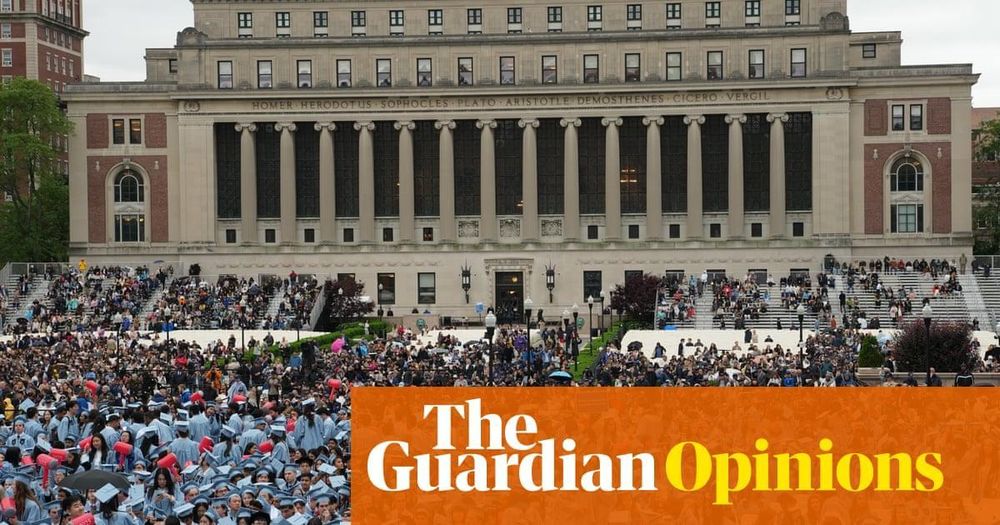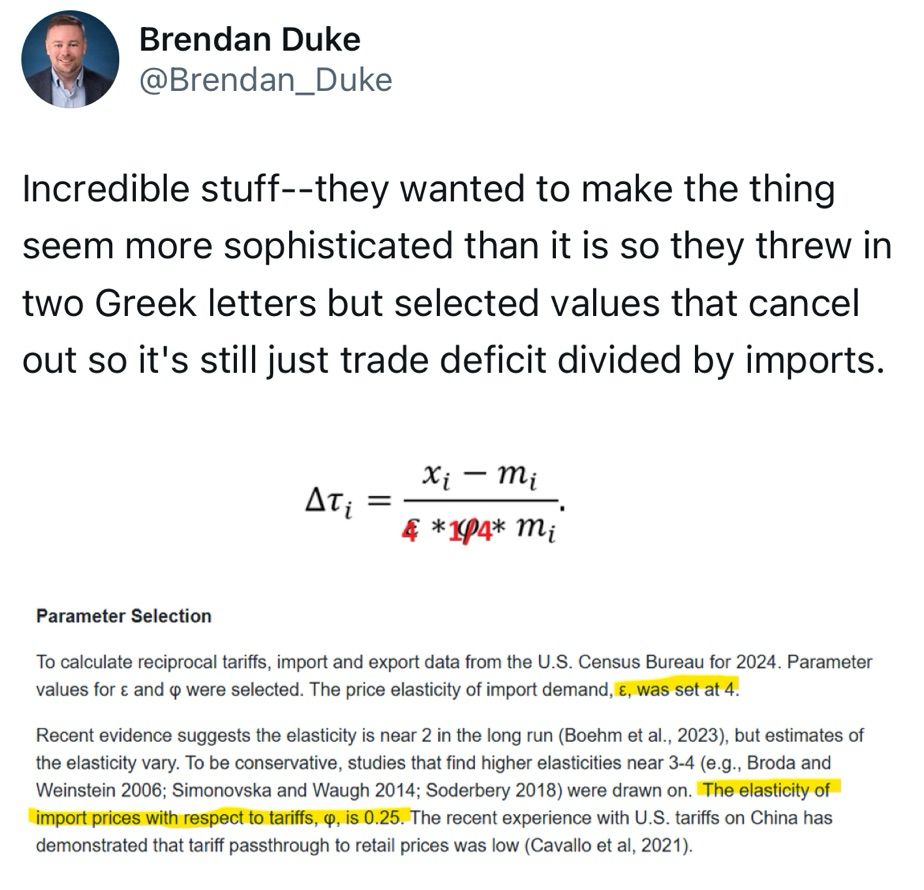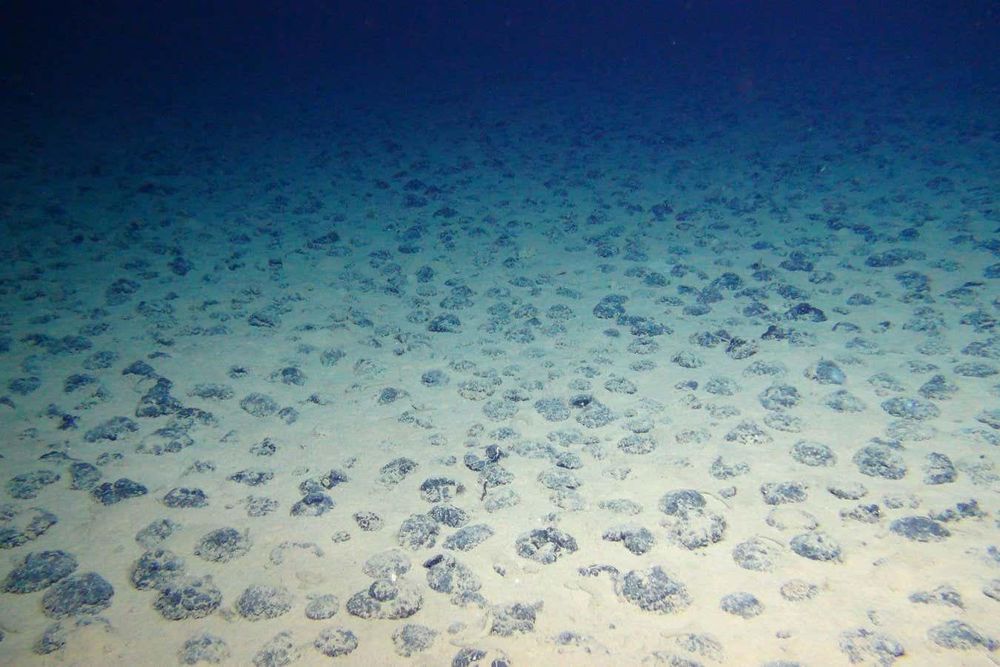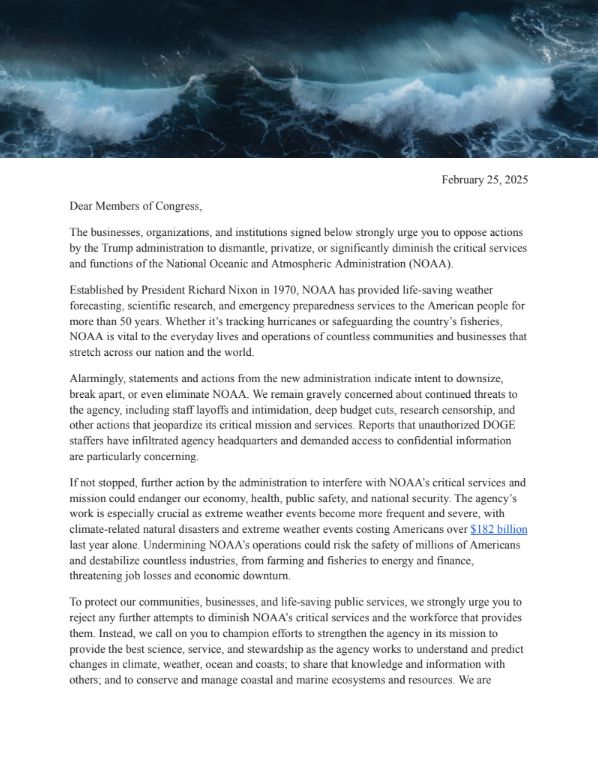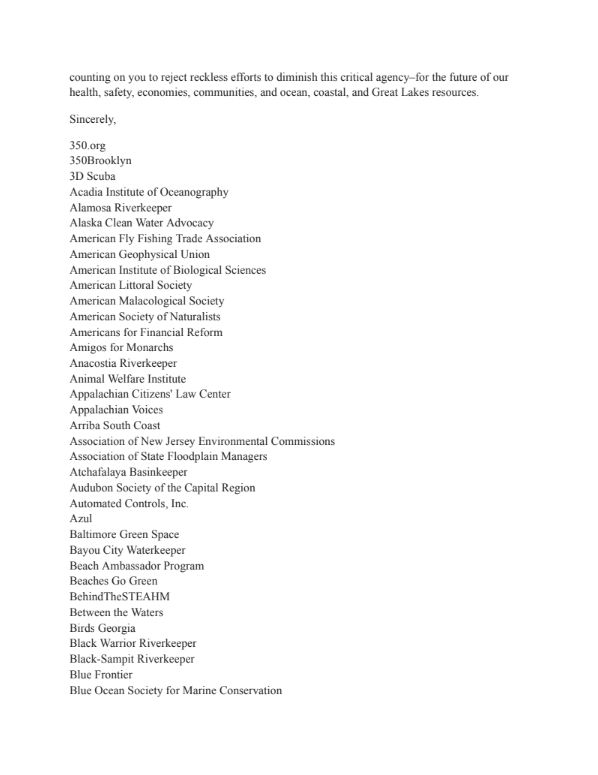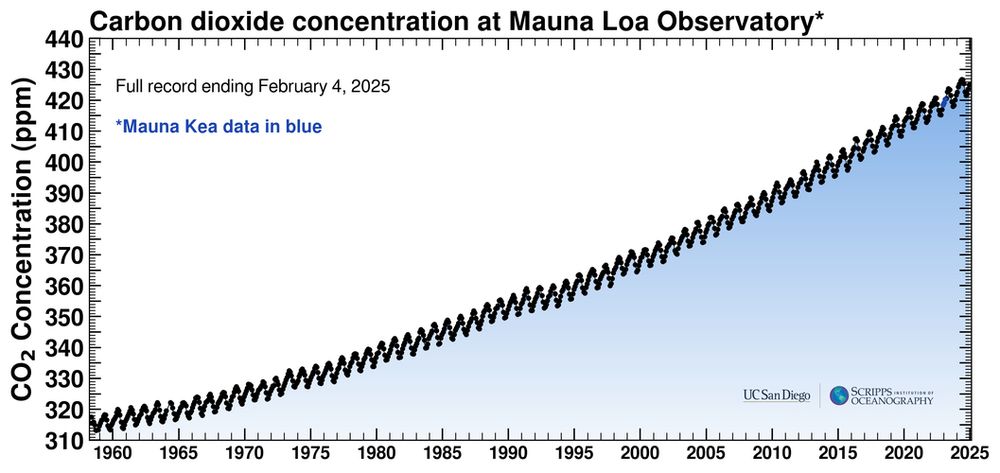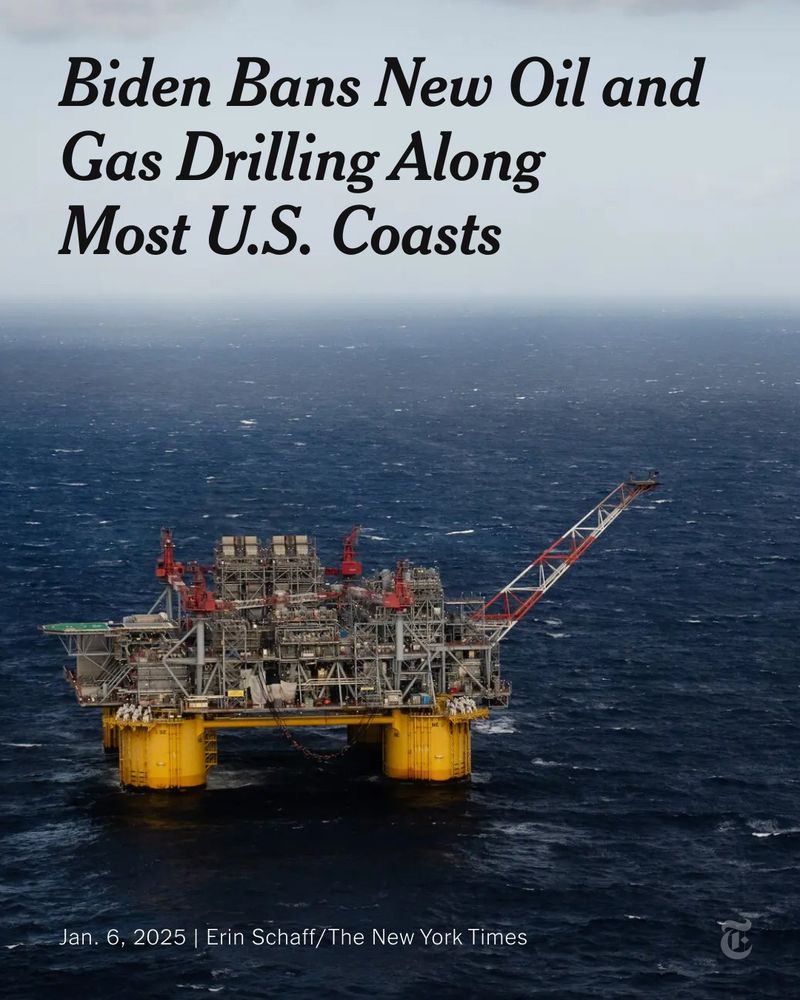Han Dolman
@han-dolman.bsky.social
210 followers
310 following
15 posts
Earth Scientist. Director Royal Netherlands Institute for Sea Research. Latest book “CO₂ through the ages”. Oxf. Univ. Press.
Posts
Media
Videos
Starter Packs
Han Dolman
@han-dolman.bsky.social
· Jun 7

‘Een waslijst aan bedreigingen maakt bescherming van de oceaan noodzakelijk’
In Nice begint maandag de VN-Oceaanconferentie, een soort klimaattop voor de oceaan, zegt Han Dolman van het Nederlands Instituut voor Onderzoek der Zee. ‘Het is verbijsterend om te zien hoe weinig we...
www.volkskrant.nl
Reposted by Han Dolman
Reposted by Han Dolman
NOS
@nieuws.nos.nl
· Apr 23

Meer dan 80 procent van koraalriffen lijdt onder hittestress, mogelijk onherstelbaar
De opwarming van de oceanen naar recordtemperaturen heeft het afgelopen jaar tot een dramatische verbleking van de koraalriffen in de oceanen geleid. Wereldwijd lijdt 84 procent van de riffen onder hittestress, meer dan ooit eerder is vastgesteld, blijkt uit onderzoek van landen en gespecialiseerde organisaties in het International Coral Reef Initiative. ppHittestress leidt tot afstoting van algen die het koraal van voedingsstoffen voorzien en het koraal kleur geven. Als de verbleking te lang duurt, sterft het koraal af.ppZeebiologen waarschuwden begin vorig jaar al dat de aanhoudende recordtemperaturen van het zeewater tot grootschalige verbleking van het koraal zou leiden. Die hoge temperaturen zijn het gevolg van de klimaatverandering en het periodieke weerfenomeen El Nio, dat gepaard gaat met opwarming van het zeewater in de Stille Oceaan. De daarop volgende La Nia die op haar beurt voor afkoeling zorgt, duurde korter dan normaal, waardoor de riffen geen tijd hadden om te herstellen.ph2Van levensbelangh2pDe omvang en reikwijdte van de hittestress is schokkend, zegt zeebioloog Melanie McEnfield tegen persbureau Reuters. Sommige riffen hadden er tot dusver geen last van en wij dachten dat ze veerkrachtig waren, dat ze het gedeeltelijk afsterven te boven zouden komen.ppKoraalriffen zijn van levensbelang voor het leven in de oceanen en daardoor ook voor de mensheid. 25 procent van het zeeleven leeft in en rond koraalriffen. Ze zijn van belang voor de visserij, toerisme en bescherming van kustlijnen tegen erosie en stormen. Het is nog onduidelijk of en wanneer het huidige proces van verbleking stopt.ppDe beste manier om riffen te beschermen is het stoppen van de klimaatverandering, zegt koraaldeskundige Mark Eakin tegen persbureau AP. Dat betekent dat we de uitstoot door het verbranden van fossiele brandstoffen moeten terugdringen. Al het andere is eerder een soort van pleister dan een oplossing.p
nos.nl
Reposted by Han Dolman
Reposted by Han Dolman
Han Dolman
@han-dolman.bsky.social
· Mar 6

Europe can’t just hope for the best with Trump. Ukraine needs all the arms we can send | Frans Timmermans
Member states must stop squabbling over trivial matters – and a firmer stance against states that promote Putin’s and Trump’s agenda is needed too, says Dutch politician Frans Timmermans
www.theguardian.com
Reposted by Han Dolman
Han Dolman
@han-dolman.bsky.social
· Feb 27

Trump 2.0: an assault on science anywhere is an assault on science everywhere
US President Donald Trump is taking a wrecking ball to science and to international institutions. The global research community must take a stand against these attacks.
www.nature.com
Reposted by Han Dolman
George Monbiot
@georgemonbiot.bsky.social
· Feb 16
Han Dolman
@han-dolman.bsky.social
· Feb 15

Paniek bij klimaatonderzoek door Trump: 'Alles weer opbouwen duurt 10 jaar'
Pagina's op zwart, projecten op pauze en een contactverbod: klimaatwetenschappers verkeren in paniek, met name wat er bij het Amerikaanse weer- en klimaatonderzoeksinstituut NOAA gebeurt.
nos.nl
Reposted by Han Dolman
Reposted by Han Dolman
christine liu
@christineliu.art
· Jan 27

Twenty Lessons on Fighting Tyranny from the Twentieth Century
Americans are no wiser than the Europeans who saw democracy yield to fascism, Nazism or communism. Our one advantage is that we might learn from their experience. Now is a good time to do so. From acr...
scholars.org
Reposted by Han Dolman
Reposted by Han Dolman
Han Dolman
@han-dolman.bsky.social
· Dec 11

EU-advies: doe technologie die het zonlicht kan dimmen voorlopig in de ban
Klimaat: Door bijvoorbeeld weerkaatsende deeltjes in de stratosfeer te spuiten, is het klimaat te beïnvloeden. Maar dat is riskant, stelt een advies aan de Europese Commissie.
www.nrc.nl


